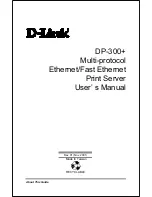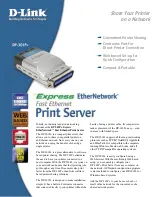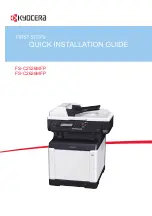
42
UBI EasyCoder 301 Direct Protocol – Programmer's Guide Ed. 1
Chapter 5 Feeding and Printing Commands
General Information:
The term “Batch Printing” means the process of printing several
labels. The labels may either be exact copies or different from each
other.
For batch printing, the most critical factor is the time required to
process the print image into a bitmap and store it in the image buffer.
The image buffer compensates for differences between processing
time and printing time. If the bitmap is too large to be stored in its
entirety in the image buffer, it will be divided into a number of
segments across the paper feed direction which will be processed
one after the other and downloaded to the image buffer. As the buffer
is emptied by printing, a new segment can be processed and
downloaded.
When printing a batch of labels from a predefined layout, the layout
is processed before each new copy is printed, in order to allow coun-
ter, date and time values to be updated. When a layout is not used,
all copies will contain exactly the same information.
When using batch printing, take the following into consideration:
• Using command abbreviations, e.g.
PF
instead of
PRINTFEED
improves the performance.
• The more processing a label requires, the slower it will be printed.
• In case of small differences between labels, make use of
CLL
and
FIELDNO
commands (see below) and edit the layout so that
variable data are processed last.
• If you are printing scaled TrueType fonts and the printer is
working very slowly, use the
PRESCALE
command to create
bitmapped versions of the scaled fonts for quicker access (see
chapter 9.3).
• Switching verbosity off with
SYSVAR(18)
may improve printing
speed.
If you have any problems, e.g. the printer stops between labels,
lower the print speed, or make the print image easier to process.
You can interrupt batch printing by issuing a break command as
described in chapter 6.16.
3. Batch Printing
















































